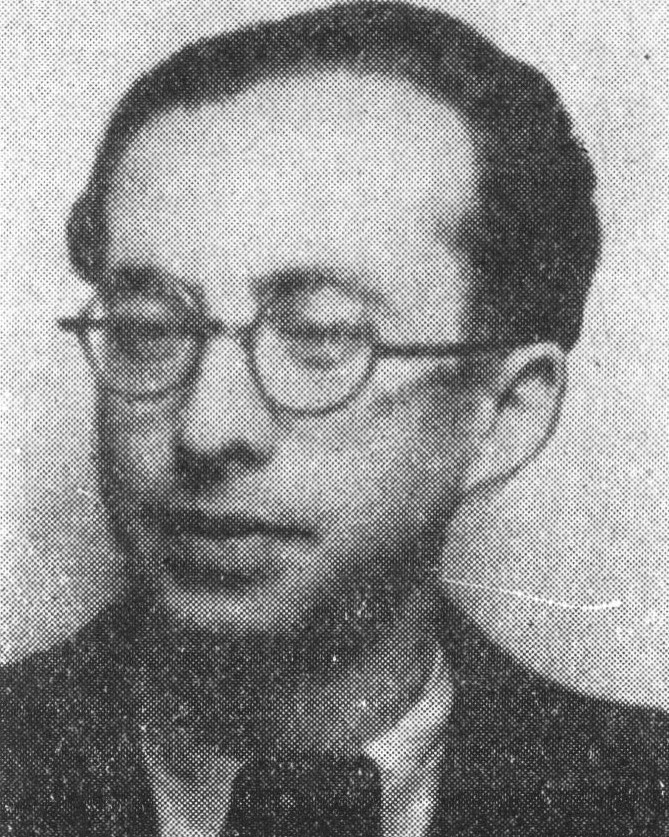Savely SCHLEIFER
January 3, 2019Zygmund SCHRETER
January 4, 2019Isaac SCHONBERG
COLMAR (FRANCE) 1907 – DEPORTED TO AUSCHWITZ 1942
Isaac Schonberg’s parents were orthodox and originally came from a shtetl in Galicia. They fled anti-Semitic persecutions and settled in Colmar. Isaac attended the School of Fine Arts in Frankfurt and learned miniature painting. In 1934, he arrived in Paris and visited museums. He worked several small jobs; at night he played the piano at a bar, drew on silk ties and sold some stamps. He drew fine and precise drawings in pencil or pen while listening to Beethoven’s music. On May 14, 1941, Isaac Schonberg was arrested in Paris by the French police. He was interned in the Pithiviers camp and was deported on June 25, 1942 on convoy number 4. He was murdered in Auschwitz.
Stories of Jewish Artists of the School of Paris 1905-1939
FRENCH-ENGLISH
Capitale des arts, le Paris des années 1905-1939 attire les artistes du monde entier. De cette période de foisonnement, un terme est resté, celui d'Ecole de Paris, qui recouvre une grande diversité d'expression artistique. Dans ce brassage dont Montparnasse est le creuset, un groupe se distingue : celui des artistes juifs venus de Russie, de Pologne et d'Europe centrale. Si leurs styles sont variés, un destin commun les rassemble : ils fuient l'antisémitisme de leur pays d'origine. Certains ont connu la célébrité dès les années 1920, tels Soutine, Lipchitz ou Chagall. D'autres n'ont pas eu le temps ou la chance d'y accéder. Près de la moitié a péri dans les camps de concentration nazis.
From 1905 to 1939, Paris attracted artists from all over the globe as the capital of the art world. This period of artistic proliferation became known as the School of Paris, and includes a great diversity of artistic expression. Within the teeming art world centred on Montparnasse, one group set itself apart: Jewish artists from Russia, Poland, and Central Europe. Although their styles were diverse, they shared the common fate of fleeing anti-Semitic persecutions in their home countries. Some became famous in the 1920s, such as Soutine, Lipchitz, and Chagall, while others did not have the time or the luck to gain renown. Nearly half of these artists died in Nazi concentration camps.





